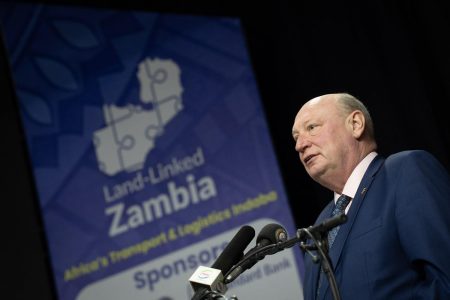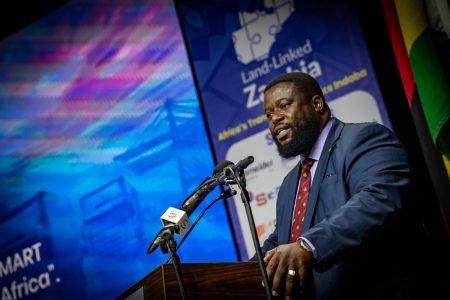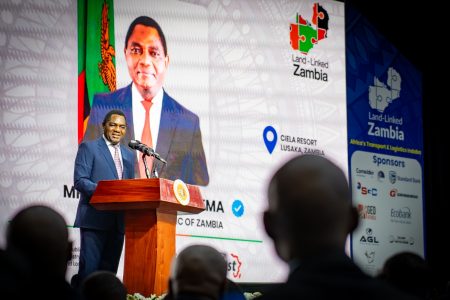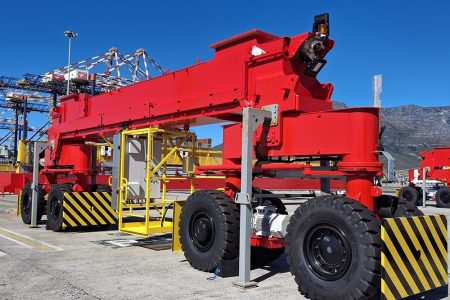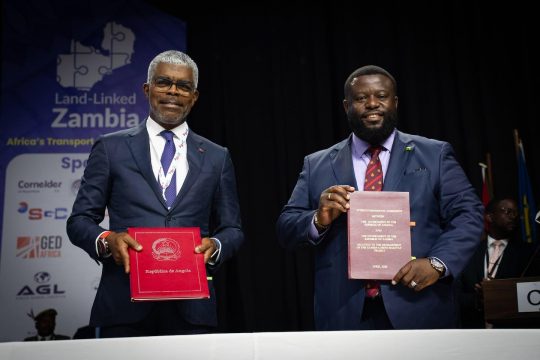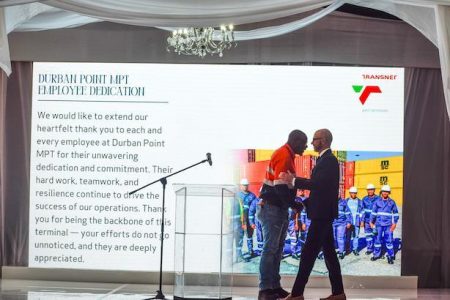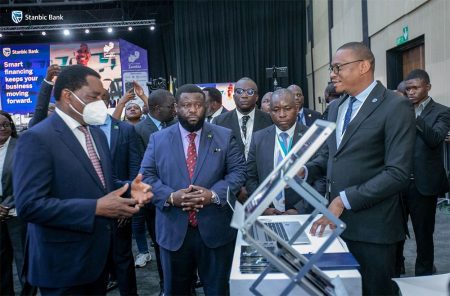Railway projects in Africa receive only 15% of total transportation funding, with road infrastructure taking the lion’s share, according to Eng. Bruno Chingandu, Managing Director of Tanzania-Zambia Railway Authority (TAZARA).
When funding comes in for transportation projects, the majority is allocated to roads, Chingandu said at the Land-Linked Zambia 2025. He emphasised that railways are vital enablers of economic development, and without efficient rail networks, economic growth becomes a significant challenge.
He said inefficiencies have created a big opening for the roads to enter into the transportation business. Chingandu said roads are better these days, and trucks are modern and well-equipped. He said the Southern African Railways Association (SARA) statistics show that there is generally a downward trend in traffic moved by rail, and this trend looks set to continue.
Using TAZARA as an example, Chingandu noted that the railway line is not only critical for economic development but also serves as a regional integrator. TAZARA connects the SADC region with East Africa, allowing seamless interaction across the regional railway systems, he said.
However, Chingandu pointed out that ageing infrastructure remains one of the biggest challenges facing African railways. Most railway systems across the continent are operating with outdated infrastructure, and there has been minimal investment to modernise them.
Another issue, according to Chingandu, is the lack of integration between railway systems across borders. He cited the challenges between TAZARA and the DRC’s SNCC, as well as between Zambia Railways and Tanzania Railways, which often cause border delays and inefficiencies.
TAZARA’s capacity stands at around three million tonnes per annum, but it is currently underutilised, with both Zambia and Tanzania transporting only about 500,000 tonnes. As a result, both countries have agreed to concession the railway to China Civil Engineering Construction Corporation in hopes of attracting the investment needed to fully utilise the line.
The concession is crucial for bringing in the necessary funding and expertise, Chingandu said. He added that although railway concessions have been done before in countries such as Zambia, Kenya, and Tanzania, the TAZARA concession is unique. The Chinese company is the same contractor that built the railway and brings with it both experience and investment, over US$1.4 billion, he said.
The concession will begin with a three-year rehabilitation phase, during which the company will refurbish the line, supply 32 new locomotives, and introduce over 700 wagons. Chingandu described the deal as a “win-win” for China, Tanzania, and Zambia.
Clara Gander of African Global Logistics echoed the importance of private sector involvement. Governments often struggle with funding. The private sector can play a pivotal role by stepping in with capital, she said. African Global Logistics operates in 50 countries, including Zambia, Cameroon and Burkina Faso.
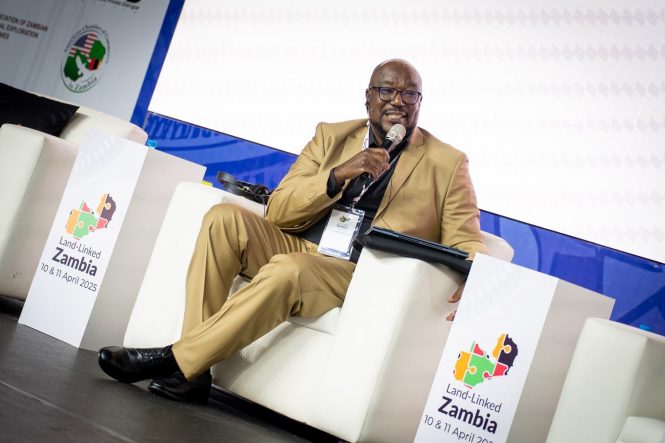
Nimon Zulu, CEO of Calabash Freight Ltd, which has operated on the TAZARA network since 2018, noted that his company has matched TAZARA in terms of tonnage moved. The company also operates on the Zambia Railways and SNCC networks in the DRC.
Zulu said the African Continental Free Trade Area (AfCFTA), with its goal of a single continental market, will drive demand for rail transport by boosting cross-border trade.
He also emphasised the role of rail in the global energy transition. One train can take about 50 trucks off the road, reducing carbon emissions significantly, Zulu noted.
Zulu added that for private investors to thrive in the railway sector, governments must provide support in the form of tax incentives, subsidies, regulatory reforms, and regional cooperation. He also advocated for the adoption of a standardised gauge system within SADC and the East African Community to harmonise rail operations.
He cited successful private rail projects like the Ethiopia-Djibouti line and South Africa’s Gautrain as examples of what's possible when public-private partnerships and cross-border coordination are effectively implemented.
Written by Chamwe Kaira
